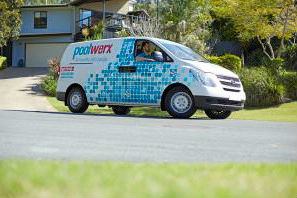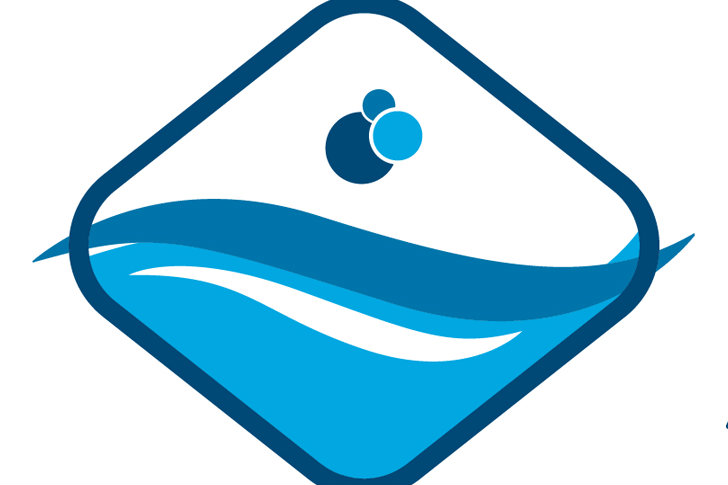Occasionally, I’ll escape the craziness of the workday by taking a walk on my break. The neighborhood behind our office building is lined with beautiful shady trees and interesting, mostly Spanish-colonial homes. But recently, I was suddenly struck by what I was seeing: Many of the front lawns of these homes had, one by one, been completely re-landscaped. The cool green grass had been ripped out in favor of wood chips or gravel and peppered with drought-tolerant plants.
Of course, everyone knows about the ongoing drought that has afflicted California for the past four years. We’re all under pressure to conserve water, and the state has made it attractive for homeowners to do their part with programs such as turf-removal rebates, which have been so successful that funds have been completely exhausted in some areas.
But these measures have had unintended consequences, and I’m not referring to the obvious and very real struggle for the pool industry to protect our own livelihoods. Though we all know lawns use far more water, the public’s misconception of pools as water hoggers persists. The industry has responded admirably: CPSA tirelessly presents solid information at government hearings, and the NPIRC has reopened to study the effects of pool covers on evaporation, all in a dual goal to protect our industry and help water conservation efforts.
However, as it turns out, lawns are huge contributors to the urban environment, and when vegetation is removed from land, it reduces the diversity of the soil biology. Why is this important? Because it sets off a chain reaction that disrupts the entire circle of life: Soil that is unsustainable for plant life means no trees, no worms and less grass seed, which, in turn, means less food for birds, insects and other lifeforms. The long-ranging effects are unknown.
Some concerned scientists argue that the state’s knee-jerk reaction to water conservation ignores less damaging or far-reaching solutions. For one, correcting the gross mismanagement of water should be paramount, but other ideas, such using graywater (environmentally safe sudsy dishwater or washing machine water) or even something as simple as timing the turf-removal rebate to incentivize homeowners to replant in the fall, when new plants need less water, would have helped.
We won’t know the full extent to which we’ve compromised our environment in the course of saving another precious resource for years to come. But I think the lesson to take away from this, in business and in our personal lives, would be to slow down and think through all consequences before acting on major decisions.
In other words, stop and think about how to keep smelling the roses.



